

|
JPL's Wireless Communication Reference WebsiteChapter: Capita Selecta |
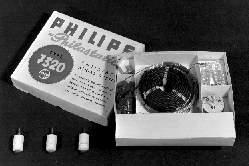 Telecommunication is defined by the International Telecommunication Union (ITU) as the transmission, emission or reception of any signs, signals or messages by electromagnetic systems.
Telecommunication is defined by the International Telecommunication Union (ITU) as the transmission, emission or reception of any signs, signals or messages by electromagnetic systems.
The demonstration of (electrical) telegraphy by Joseph Henry and by Samuel F.B. Morse in 1832 followed shortly after the discovery of electromagnetism by Hans Christian Oersted and Andre-Marie Ampere early in the 1820's.
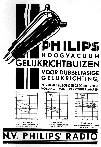 In the 1840's, telegraph networks were built on the U.S. East Coast and in California. Rapid extension of their use followed; the first transatlantic cable was laid in 1858. In 1864, James Clerk Maxwell postulated wireless propagation, which was verified and demonstrated by Heinrich Hertz in 1880 and 1887, respectively. Marconi and Popov started experiments with the radio-telegraph
shortly thereafter, and Marconi patented a complete wireless system in 1897.
In the 1840's, telegraph networks were built on the U.S. East Coast and in California. Rapid extension of their use followed; the first transatlantic cable was laid in 1858. In 1864, James Clerk Maxwell postulated wireless propagation, which was verified and demonstrated by Heinrich Hertz in 1880 and 1887, respectively. Marconi and Popov started experiments with the radio-telegraph
shortly thereafter, and Marconi patented a complete wireless system in 1897.
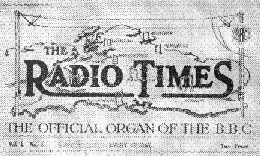 For many years, wireless and radio were used to describe the same thing, the difference being that radio was the American version of the British wireless. The receiver was called a wireless because there were no wires linking to the the transmitting station. It was called radio because the transmitting station radiated
electromagnetic waves. The British Broadcasting Company
was one of the first to use the term wireless, around 1923 in their program guide "The Radio Times".
For many years, wireless and radio were used to describe the same thing, the difference being that radio was the American version of the British wireless. The receiver was called a wireless because there were no wires linking to the the transmitting station. It was called radio because the transmitting station radiated
electromagnetic waves. The British Broadcasting Company
was one of the first to use the term wireless, around 1923 in their program guide "The Radio Times".
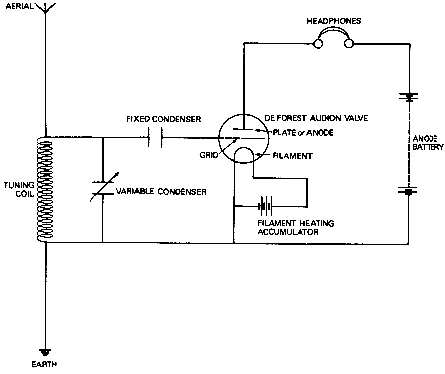 | 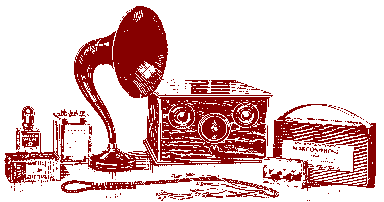 |
In 1876, Alexander Graham Bell patented the telephone. The invention of the diode by Fleming in 1904 and the triode by Lee de Forest in 1906 made possible rapid development of long-distance (radio) telephony. The invention of the transistor by Bardeen, Braittain and Shockley, which later led to the development of integrated circuits, paved the way for miniaturisation of electronic systems.
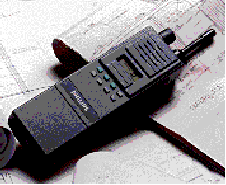 The continued advances in micro-electronic circuits have recently made the rapid development of mobile and personal communication systems feasible. Such systems would offer person-to-person communication, giving freedom of movement for the users and, if desired, eliminating the ineffective calls experienced with the fixed telephony service when the user is away from his or her terminal. Moreover, new services, particularly services employing mobile data communication become feasible, such as automatic vehicle location (AVL) for fleet management, electronic mail, remote access to data bases, vehicle printers or automatic repetition of the messages if the driver has been away from the vehicle. Further, data communication makes encryption and data processing possible.
The continued advances in micro-electronic circuits have recently made the rapid development of mobile and personal communication systems feasible. Such systems would offer person-to-person communication, giving freedom of movement for the users and, if desired, eliminating the ineffective calls experienced with the fixed telephony service when the user is away from his or her terminal. Moreover, new services, particularly services employing mobile data communication become feasible, such as automatic vehicle location (AVL) for fleet management, electronic mail, remote access to data bases, vehicle printers or automatic repetition of the messages if the driver has been away from the vehicle. Further, data communication makes encryption and data processing possible.
One of the earliest systems providing automatic radio telephony, the Nordic Mobile Telephone (NMT) cellular system, was based on a standard developed in close cooperation between the five different operators (PTT's) and competing manufacturers in Denmark, Finland, Iceland, Norway and Sweden. NMT demonstrated the joint drive in European countries towards (inter) national cellular networks. Initially, the divided and divesting US looked less able to develop and follow a common policy for mobile networking, even though the Bell Laboratories had played a leading role in the development of the novel cellular technology in the early 1970's. The US eventually saw fit to agree a common standard, the analog AMPS system, which subsequently captured about 2/3 of all mobile subscribers worldwide.
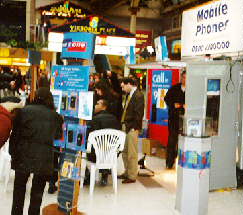 In 1992, the new standard for Pan European digital cellular telephony known as GSM saw its first operational successes. The name GSM originated early in the 1980's as the French acronym for Groupe Special Mobile, the international working group tasked by most European PTT administrations to develop a common standard for cellular networks. A joint standard allows international roaming across the many European borders, until then only realized on a regional scale by the analog NMT standard. The main advantages of a digital system are a larger user capacity per unit of spectrum, ease of implementation of sophisticated encryption, authentication, and other security features, and robustness against radio channel imperfections.
In 1992, the new standard for Pan European digital cellular telephony known as GSM saw its first operational successes. The name GSM originated early in the 1980's as the French acronym for Groupe Special Mobile, the international working group tasked by most European PTT administrations to develop a common standard for cellular networks. A joint standard allows international roaming across the many European borders, until then only realized on a regional scale by the analog NMT standard. The main advantages of a digital system are a larger user capacity per unit of spectrum, ease of implementation of sophisticated encryption, authentication, and other security features, and robustness against radio channel imperfections.
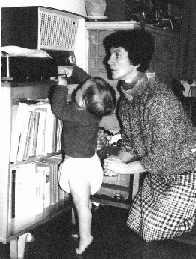
| Long wave signals wavelength larger than 1,000 meter) follow the contour of land, but require very high transmit power (typically above 200 kW, sometimes even 2 MW, as for instance used by Radio Tele Luxembourg). As short wave signals reflect against the ionosphere, transmit powers can be kept small. |
The new services, that are nowadays still scattered over various different systems, may in future be offered through one universal system for Personal Communication.